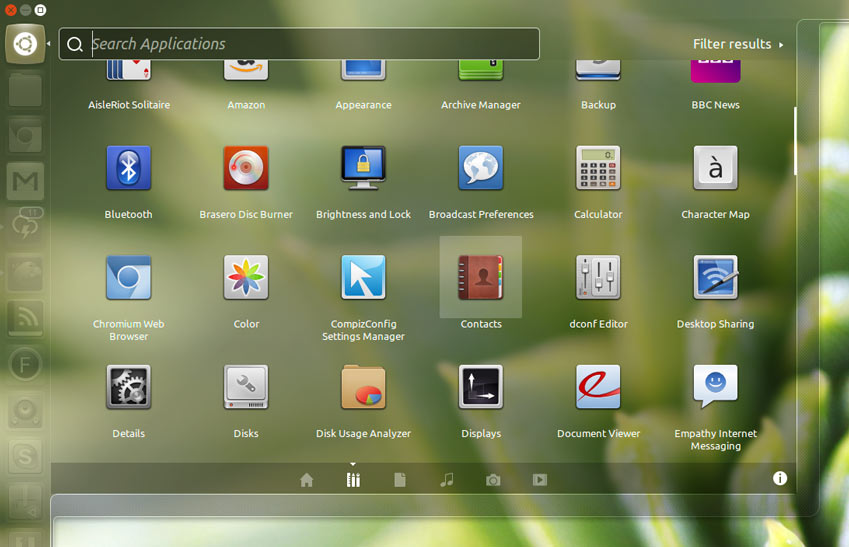
you have tasked me with evaluating the need to purchase and implement MS Project in our department. Every year we undertake a lot of projects that sometimes fail to meet deadlines and set forth expectations. Managing people timing, progress, budgets and changes in scope and deliverable is not an easy task especially considering the fact that out project teams are made of employees who, apart from the project participation, still have their full time day-to-day jobs. I believe that our teams would benefit from having an application that will facilitate the structure and timing of various project activities.
Let me start by briefly introducing MS Project, its functionality and cost of licensing. According to MS website and my personal experience, the application allows a user or a group of users, to effectively manage projects by tracking activities, deadlines, milestones and timing of each one of the decisions. In order to promote collaboration users can utilize Office 365 or SharePoint functionality to work from virtually anywhere. With that in mind, we could take advantage of our SharePoint sites to facilitate user collaboration between our teams. MS Project allows users to easily plan and manage a project by focusing on what matters most, selecting most effective and efficient actions, utilizing templates that fit particular project and staying organized by being able to quickly access all related project files. It appears as though our project teams could become better organized by being able to stay in control of the project plan no matter how big the project turns out to be. We often change the scope by including more value added activities that can improve our processes. MC Project can facilitate those changes and help with planning future actions. Our planning process will benefit from the flexibility offered by the application as MC Project tools, such as Team Planner, help discover timing and availability problems and amend them before they will impact the schedule.With this software we could support our recommendations and offer immediate insight into planning, resource allocation, cost effectiveness and other details about our projects. Various graphs and reports can help us visualize our project's progress and deliver stellar presentations to the Financial Leadership Team. Furthermore, as noted above, since this software is developed by Microsoft, we would have no problems using it with other Office products, SharePoint and Lync to enhance collaboration capabilities between project teams. Overall, based on my understanding of the features, implementing MS Project would improve the effectiveness and efficiency of our project teams.
With regards to the cost, a single license for MS Project Professional 2013 runs at about $1,159.99, whereas the Project Standard 2013 is $589.99. We can take advantage of the Microsoft Open License Business software, which is a volume program designed for customers who order as few a five licenses. After the initial order, we can benefit from volume pricing for all licenses for the remainder of Open License Authorization. In this case we can save on estimated retail prices by placing an initial order for five or more licenses, or one server license, and save around 25% on each license. Should we decide to purchase 10 licenses for each one of our Project Management office team members, we are looking at an approximate investment of less than $10,000. Based on the review of benefits associated with the implementation of this application, I believe this is an investment that will produce immediate benefits to our teams.
In order to become more familiar with the features of the software and provide you with a first hand user experience information I started using MS Project to track the timing, requirements and milestones associated with the potential buy out of my mother's house, which was severely damaged during Hurricane Sandy. Ever since the disaster stroke I struggled with managing the documentation and deadlines associated with various Local and Federal Government requirements aimed at successful Buy Out application. Since the approval has been obtained there are a number of requirements, meetings, activities and deadlines to meet in order to comply with the project requirements and close on sale of the property to Department of Environmental Protection. I have been continuously entering various activities and timing into the software, assigning milestones and associating the sequencing of dependent activities.

Although my use of MS Project was rather simplistic and limited, it made me realize how we can take advantage of this software in our work environment and fully capitalize on implementation of its functionality. The application made my process easier and helps me keep all activities on track while clearly mapping each requirement. The learning curve associated with the use of MS Project should not be high as the application is rather intuitive and all of our users are very familiar with all Office products. I believe we can benefit from MS Project functionality on each of our projects, and I therefore recommend purchasing 10 user licenses for each of our Project Management Office team members.
Please do not hesitate to contact me should you have any questions.
Best regards,
MKO


















